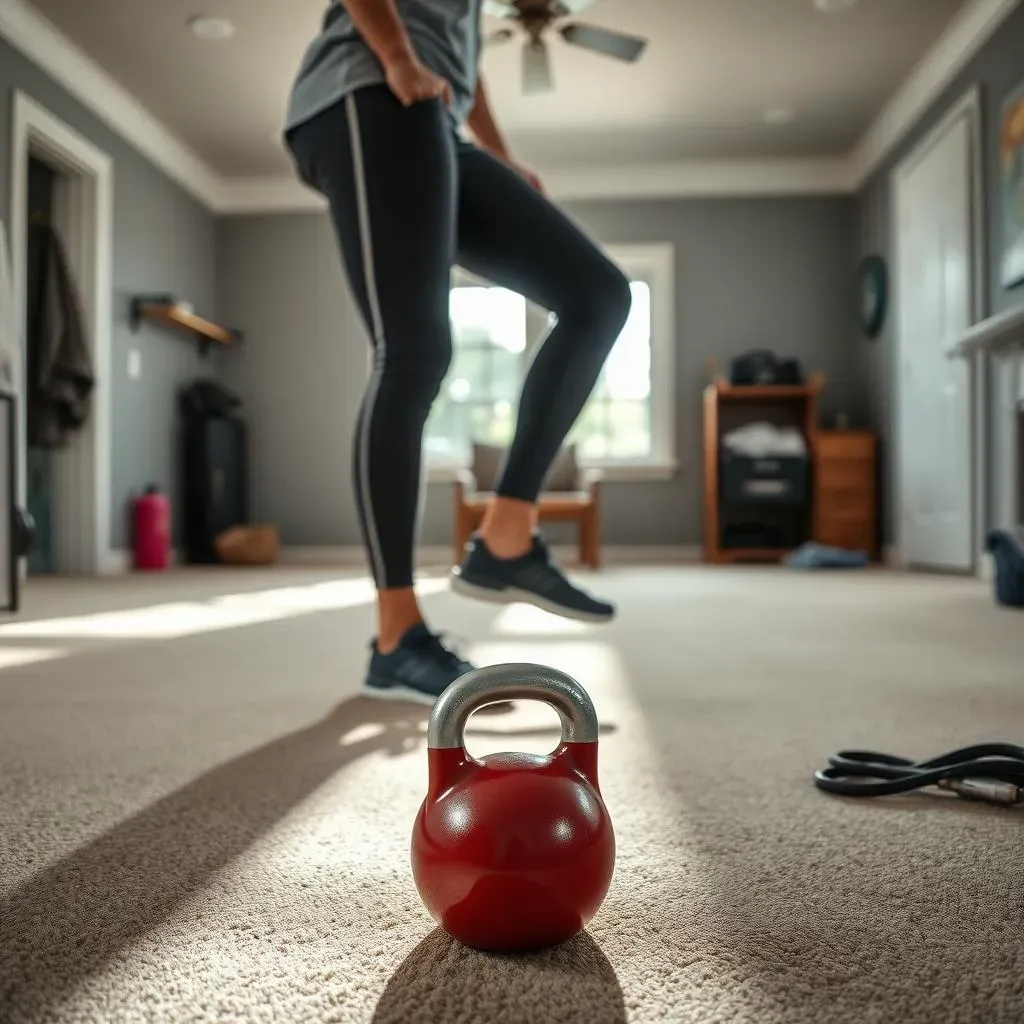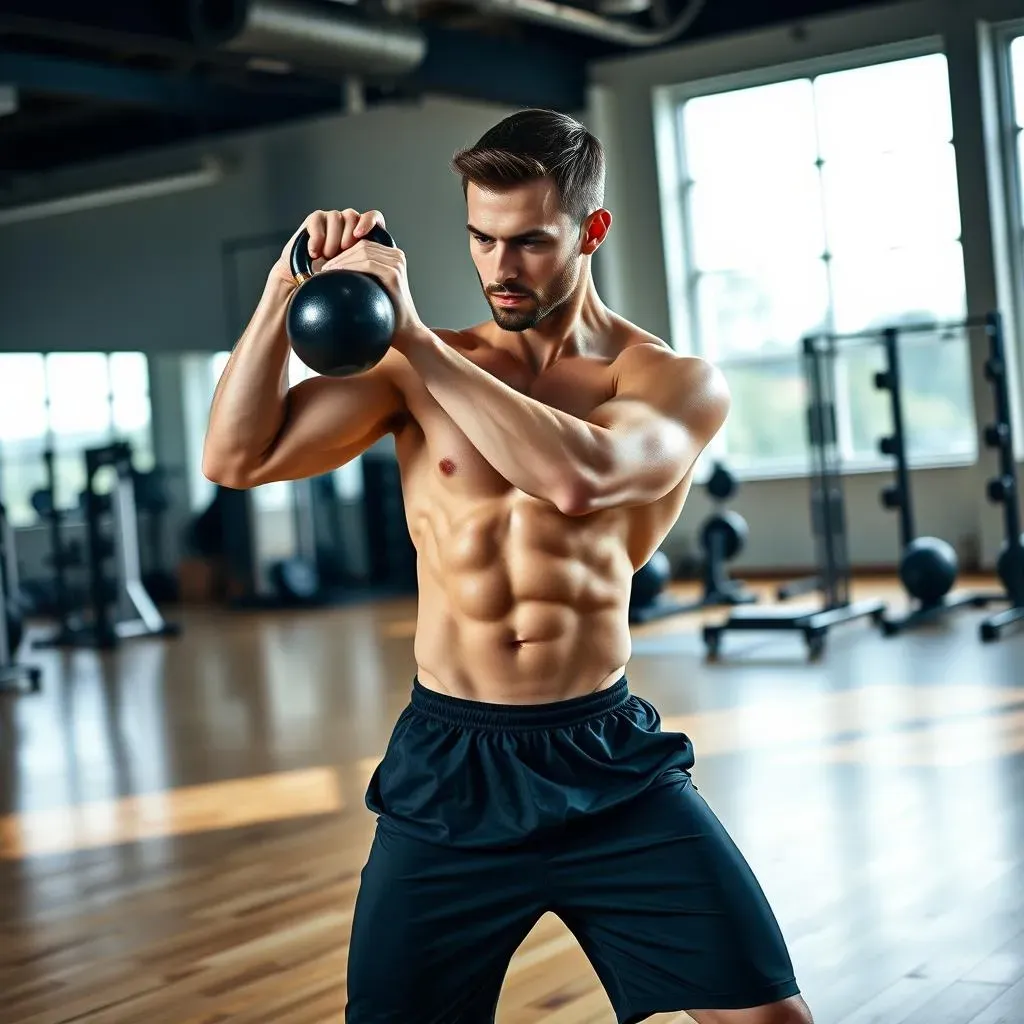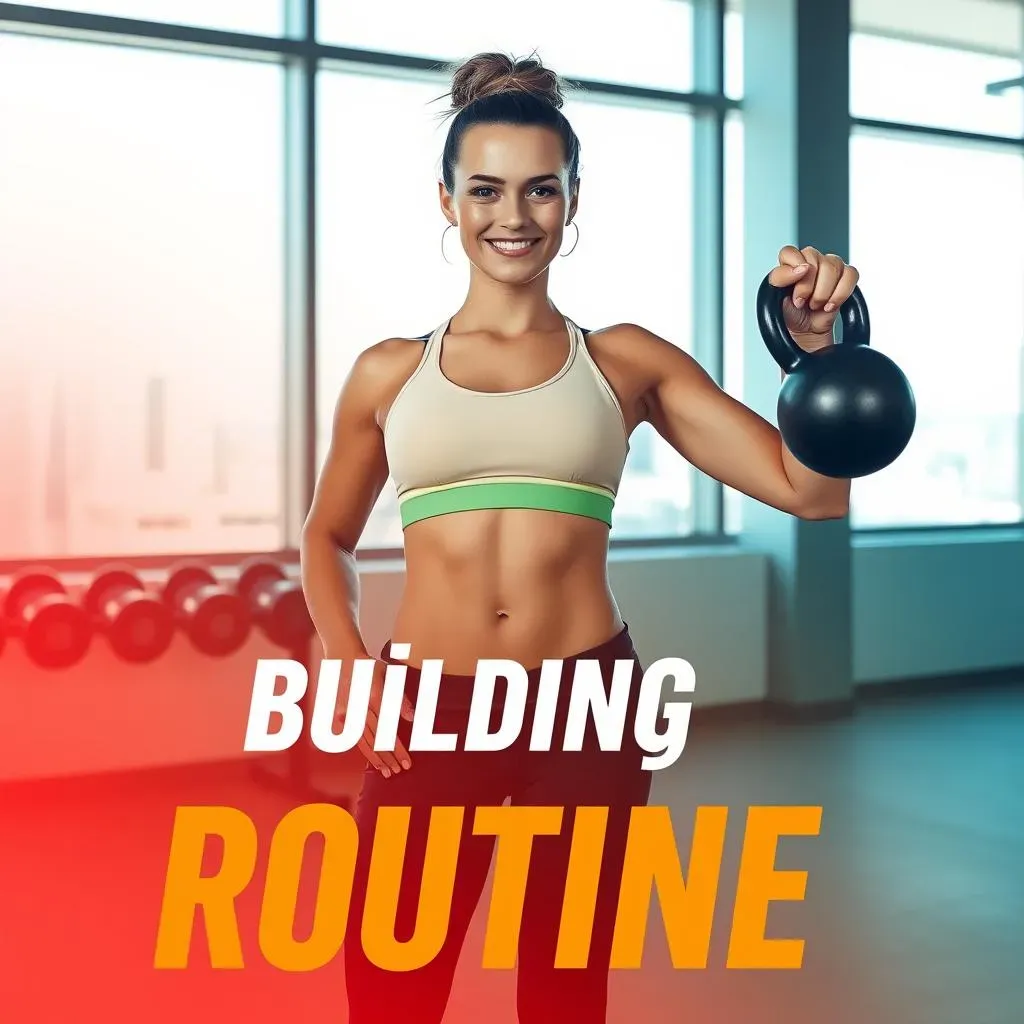Table of Contents
Ready to sculpt a stronger, more toned you? This guide dives into the world of fitness blender beginner kettlebell workouts, showing you how to safely and effectively use kettlebells to achieve your fitness goals. We'll cover everything from selecting the right kettlebell weight and setting up your workout space to mastering fundamental kettlebell exercises and building a personalized routine that fits your schedule and fitness level. Forget confusing jargon and complicated routines; we'll break down the basics in a clear, easy-to-understand way, using Fitness Blender's expertise to guide you. Whether you're a complete beginner or just looking to add kettlebell training to your existing routine, this article is your roadmap to success. Get ready to unleash your inner strength and discover the transformative power of a fitness blender beginner kettlebell workout! We'll explore sample workouts, progression strategies, and answer your most pressing questions, ensuring you have everything you need to embark on a fun and effective fitness journey. Let's get started!
Getting Started: Choosing Your Kettlebell and Setting Up

Getting Started: Choosing Your Kettlebell and Setting Up
Choosing the Right Kettlebell Weight
Picking your first kettlebell can feel overwhelming, but don't worry! It's all about finding a weight that challenges you without compromising your form. Start light—trust me, even a 10-pound kettlebell will make you work! Think of it like this: you're building a foundation, not trying to lift a car on day one. Focus on proper technique; you can always increase the weight later. A good rule of thumb is to choose a weight you can comfortably swing for 10-15 repetitions with good form. If you're unsure, start with the lightest weight available and gradually increase as you gain strength and confidence. For more detailed guidance, check out our beginner kettlebell workout plans.
Remember, proper form is key to preventing injuries and maximizing results. If you're struggling to maintain good form with a particular weight, it's a sign to go lighter. Don't let your ego get in the way of your progress—a lighter weight and perfect form will always beat a heavier weight and sloppy form. Need some ideas for workouts that use lighter weights? This 10-minute kettlebell workout for beginners is perfect!
- Start with a lighter weight (8-10 lbs)
- Prioritize good form over heavy weight
- Gradually increase weight as you get stronger
Setting Up Your Workout Space
You don't need a fancy gym to get a great kettlebell workout. All you need is a little space and a safe surface. Find a spot in your home with enough room to move freely without bumping into furniture or walls. A carpeted floor is ideal for protecting your joints, but a hardwood floor works too—just make sure you have enough space to move around comfortably. Clear the area of any obstacles, and ensure you have good lighting and ventilation. A little bit of prep goes a long way in making your workout more comfortable and enjoyable. You'll want to be able to fully focus on your exercises without any distractions!
Also, consider your background. Is it clear of any distractions? Having a clean background will help you focus on the workout and improve your form. If your space is too small, you might want to consider a more compact workout like a 15-minute kettlebell workout for beginners. The space you use for your workout should be well-lit and ventilated, free from obstructions, and have a safe, stable surface. Now that you have the ideal space set up, grab a printable beginner kettlebell workout to get started!
Requirement | Description |
|---|---|
Space | Enough room to move freely |
Surface | Carpeted or hardwood floor |
Lighting | Bright enough to see clearly |
Essential Equipment and Clothing
Beyond the kettlebell itself, you don't need much! Comfortable workout clothes that allow for a full range of motion are essential. Avoid anything too baggy or restrictive. Good athletic shoes with solid ankle support are a must to protect your feet and ankles. If you're working out on a hard surface, consider an exercise mat for extra cushioning and comfort. Finally, having a water bottle nearby is crucial for staying hydrated during your workout—especially if you're working up a sweat. Now that you're all set up, let's get to those beginner kettlebell exercises!
Remember, comfort and safety are key. You want to be able to move freely and without any discomfort, so choose clothing that fits well and allows you to move easily. This will help you focus on your workout and avoid injuries. If you're working out at home, ensure you have enough space to move around comfortably. Consider downloading a printable beginner kettlebell workout for easy access to your exercises! A great beginner kettlebell arm workout is a good starting point.
Mastering the Fundamentals: Essential Kettlebell Exercises for Beginners

Mastering the Fundamentals: Essential Kettlebell Exercises for Beginners
The Kettlebell Swing: Your Foundation Exercise
Let's start with the king of kettlebell exercises: the swing. It's deceptively simple, but mastering the swing unlocks a world of strength and conditioning. Think of it as the foundational movement for many other kettlebell exercises. The key is using your hips and legs to generate power, not your back. Imagine you're chopping wood—that powerful hip hinge is what propels the kettlebell. Keep your back straight, core engaged, and focus on a smooth, controlled motion. Start with a lighter weight to perfect your form before increasing the weight. There are tons of resources online, but Fitness Blender has some excellent beginner-friendly videos. Don't rush it; spend time perfecting your technique. A proper swing is the key to avoiding injury and maximizing results. You'll feel the burn in your glutes, hamstrings, and core—a truly full-body workout in one move!
One common mistake is rounding the back, which can lead to injury. Focus on maintaining a neutral spine throughout the entire movement. If you're finding it difficult to maintain a straight back, try reducing the weight. Another helpful tip is to squeeze your glutes at the top of the swing to maximize power and engagement. This will also help you maintain proper form. Looking for a dedicated swing workout? Check out this beginner kettlebell swing workout!
- Maintain a straight back
- Engage your core
- Use your hips to generate power
Beyond the Swing: Exploring Other Essential Exercises
Once you've got the swing down pat, it's time to branch out! The kettlebell goblet squat is a fantastic exercise for building lower body strength and improving mobility. Hold the kettlebell close to your chest, and squat down as if sitting in a chair. Keep your back straight, chest up, and focus on going as low as you comfortably can while maintaining good form. This exercise works your quads, glutes, and hamstrings, building a strong and stable base. Kettlebell rows are another excellent exercise for building upper body strength, targeting your back, biceps, and forearms. Maintain a straight back, and pull the kettlebell towards your chest, squeezing your shoulder blades together at the top of the movement. Remember, controlled movements are key to getting the most out of these exercises.
Progress gradually. Don't jump into advanced exercises too soon. Master the basics first, focusing on proper form and technique. This will help you avoid injuries and build a solid foundation. Remember, consistency is key. Even short, regular workouts are more effective than sporadic intense sessions. Need a plan to incorporate these exercises? Check out our beginner kettlebell workout plan!
Exercise | Muscle Groups Targeted | Tips |
|---|---|---|
Goblet Squat | Quads, Glutes, Hamstrings | Keep back straight, chest up |
Kettlebell Row | Back, Biceps, Forearms | Controlled movements, squeeze shoulder blades |
Building Your Routine: Sample Workouts and Progression Tips from Fitness Blender

Building Your Routine: Sample Workouts and Progression Tips from Fitness Blender
Building Your First Workout: A Fitness Blender Approach
So, you've mastered the swing, goblet squats, and rows—fantastic! Now, let's craft a killer workout using Fitness Blender's beginner-friendly approach. They're known for their clear instructions and modifications, so you'll feel confident even as a newbie. A typical beginner routine might start with a 5-10 minute warm-up (dynamic stretches are great!), followed by 2-3 sets of 8-12 reps of each exercise. Remember, quality over quantity. Focus on maintaining perfect form rather than rushing through reps. Finish with a cool-down and some static stretches to help your muscles recover. Fitness Blender often suggests a 5-10 minute cool-down. For a structured plan, check out this beginner kettlebell workout plan.
Don't be afraid to modify exercises to suit your needs. If a particular movement feels too challenging, reduce the weight or reps. Listen to your body and take rest days when needed. Consistency is key, but so is preventing injury. Remember, you're building a foundation for long-term fitness, not trying to become a superhero overnight! Need a shorter workout to start? Try this 10-minute kettlebell workout for beginners.
- Warm-up (5-10 minutes)
- 2-3 sets of 8-12 reps of each exercise
- Cool-down (5-10 minutes)
- Rest days are crucial
Progressing Your Kettlebell Training: Smart Strategies
Once you've comfortably completed a few weeks of your beginner routine, it's time to level up! Progression is all about gradual increases in either weight, reps, or sets. You could increase the weight of your kettlebell by 2-5 pounds, add an extra set of your exercises, or aim for 1-2 more repetitions per set. Remember, consistency is key, so don't jump to extreme changes too quickly. Fitness Blender often suggests a gradual progression, focusing on maintaining good form throughout. Too much too soon could lead to injury, so listen to your body and adjust accordingly. A good plan can help you track your progress and prevent plateaus. Check out this beginner kettlebell workout plan for more ideas.
Consider incorporating variations of exercises to challenge your muscles differently. For example, you could switch from regular swings to Russian twists or add kettlebell lunges to your routine. Fitness Blender offers many variations of kettlebell exercises. You can also start experimenting with different workout splits, such as upper/lower body days or full-body workouts. Don't be afraid to experiment and find what works best for you, but remember that good form should always be your priority. For a more focused leg workout, try this beginner kettlebell leg workout.
Progression Method | Description |
|---|---|
Increase Weight | Gradually add 2-5 pounds |
Increase Reps | Add 1-2 reps per set |
Increase Sets | Add one extra set |